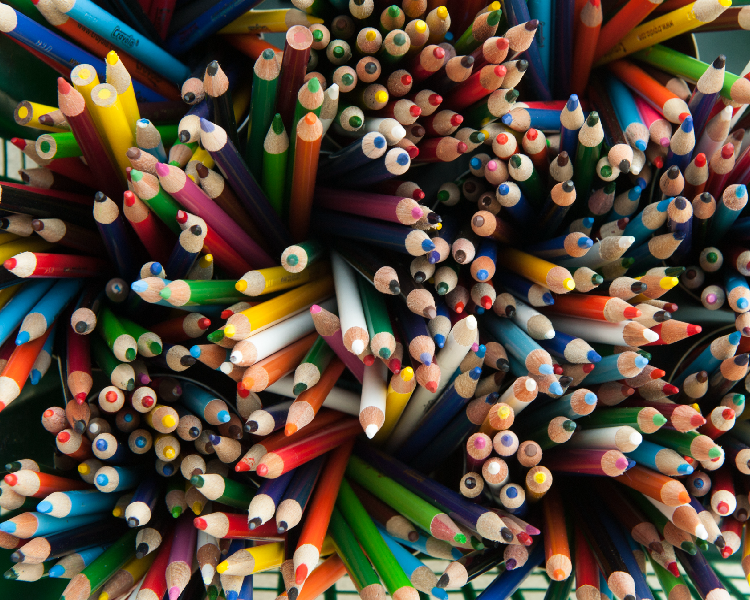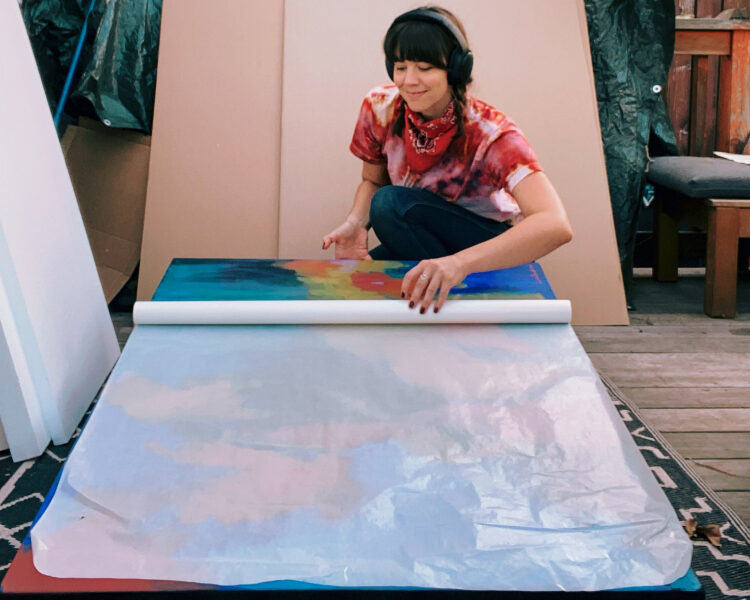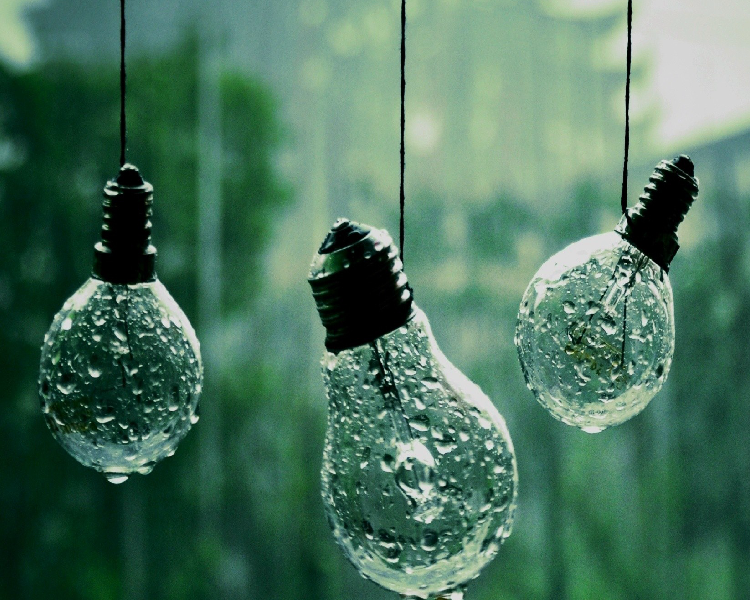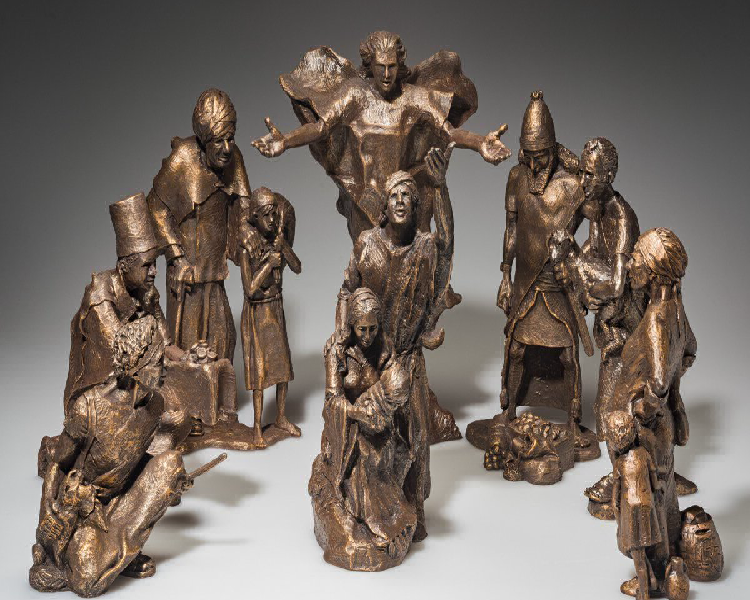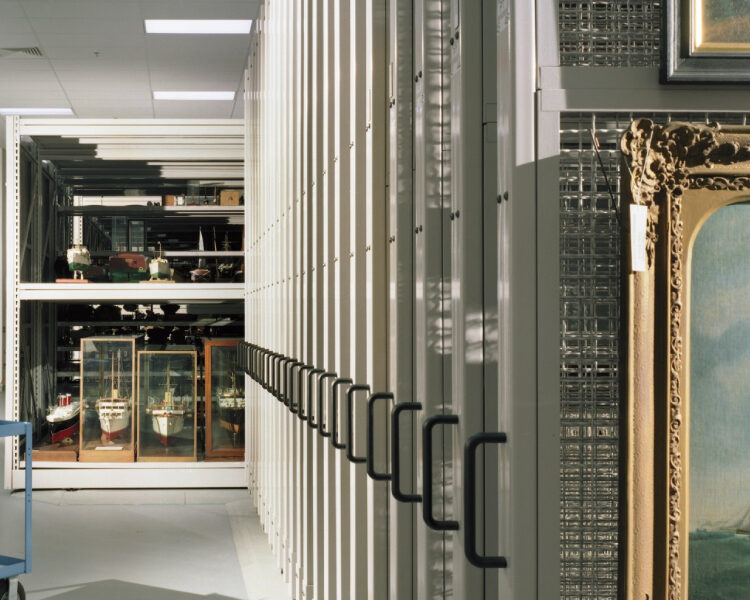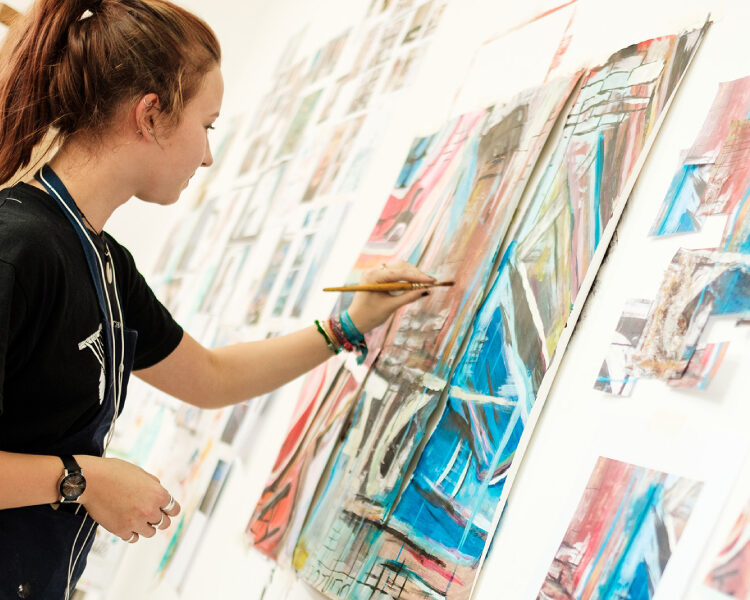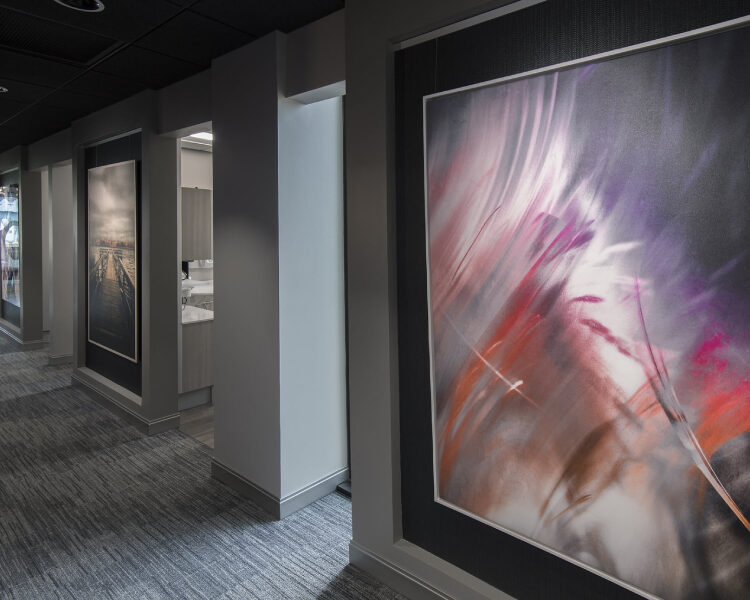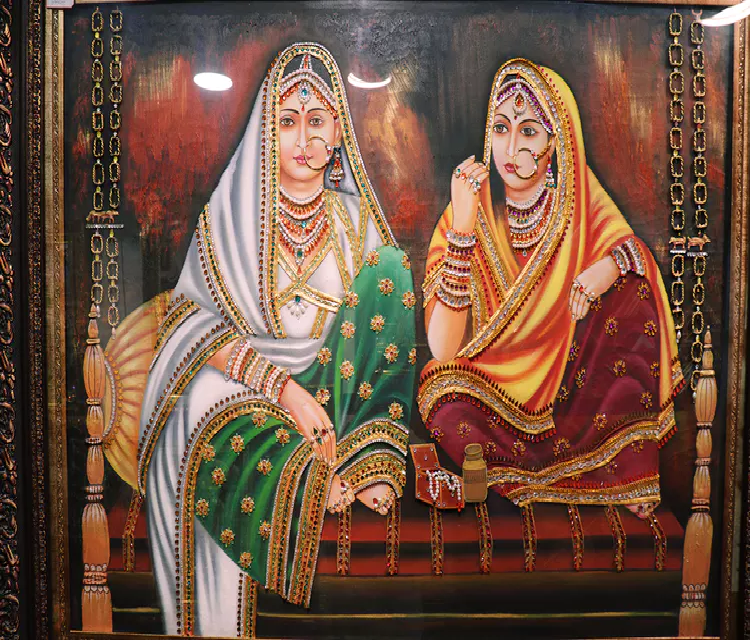
Art is admired for portraying everything in its most pure and elegant form.
It is used to convey the grandeur of deities, objects, nature, and other things. Thanjavur or Tanjore painting, in reality, is a style of Traditional Indian art that powerfully reflects the almighty’s beauty. Tanjore seems to be the only traditional painting form capable of depicting the lords and also Tanjore. Every piece of art created in that same manner is certainly a celebration of heavenly beauty, complete with glistening hues & gold foiling.
It’s no wonder that all these paintings are in high demand and thus are considered great souvenirs. That is why we thought that this would be a great idea to widen your understanding of Tanjore Paintings this time. So, in this blog post, let’s take a deeper look at that same Indian traditional painting style.
To put it another way, unlike many other Indian paintings tradition, Thanjavur paintings don’t really appear to be titled after a Sanskrit. Thanjavur paintings, also called Tanjore paintings, are named after the city of Thanjavur in South India. This is the name given to the city in which this painting style developed and flourished. Thanjavur is the Southern India region’s architectural, religious, and artistic center.
A Short History This art genre was developed in the sixteenth century by the Chola dynasty. The Maratha rulers, Nayakas communities, Rajus, Trichis patronised, & Madurai’s Naidus and improve the style from the 16th century onwards. Tanjore paintings, but on the other hand, achieved their height of popularity and acclaim during the Marathas’ reign in the 18th century. The paintings have been used to adorn castles and private homes.
- Palagai Padam
It a sort of hardwood plank, is used to produce these Indian traditional paintings. Palagi is a type of wooden board, whereas Padam is a type of picture. Palagi Padam translates literally as “picture on the wooden board.” Tanjore paintings were distinctive since hardly many paintings are done on a wooden base.
- Primary And Vivid Colors:
The majority of the colours used are primary and vivid. There have been no dull colours used in the construction of these works of art. The colours blue, green, red, and yellow are frequently used to colour the backgrounds or the subject’s attire in paintings.
- Golden Foil:
The golden foils on these paintings set them apart and make them easily identifiable from other painting techniques. In Thanjavur paintings, the gold foil is utilised to make jewellery, apparel and to enhance the environment.
- Precious Stones And Jewels:
Limestone is often used to carve or paste precious stones and gems upon on wooden plank. diamonds and stones are utilised to adorn the costumes and embellishments in addition to the gold foil.
- Natural Colours & Dyes:
Originally, most of the colours used in these artworks were derived from plants; however, natural colours are now rarely used. nonetheless, it’s one of the ancient Thanjavur painting’s defining features.
- Intricate Work-:
Tanjore paintings’ intricacies are worth taking a look at and have the capacity to enchant everyone.
These paintings are thematically focused on the formation of celestial figures. This style is frequently connected with paintings of Shiva and Krishna. There are also representations of Vishnu, Nataraja, Radha, and other gods and goddesses.
Technique And Procedure For Making:
To begin, a basic drawing is constructed. To make the base, a piece of fabric is plastered onto a wooden plank. After that, the chalk powder is mixed with water-soluble gum and applied to the base. As the next stage, the rough sketch is embellished with cut glass, stones, and pearls. Laces and threads are occasionally used to improve the appearance of a painting. The gold foil, which is as thin as tracing paper or butter paper, is applied wherever the artist chooses, and the rest of the picture is coloured with dazzling colours such as yellow, green, and red. As a result, even in the dark, the paintings sparkle.
The Current State Of Affairs:
This painting style is one of the few that is still extensively employed. It is extremely common in Hindu households. The excellent Tanjore artworks are still housed in Tanjore’s Saraswathi Mahal Library. So, the next time you’re in Tamil Nadu, stop by this library to see some of the region’s best Indian traditional paintings.


